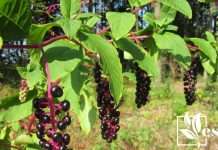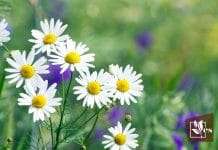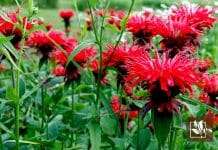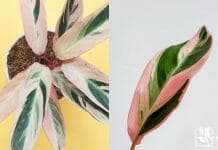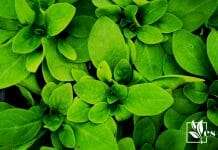Plants that look like dandelion leaves can be hard to distinguish. All parts of the dandelion plant of the Taraxacum genus are edible and actually have lots of culinary and medicinal uses. Yet, other similar plants might not be as friendly.
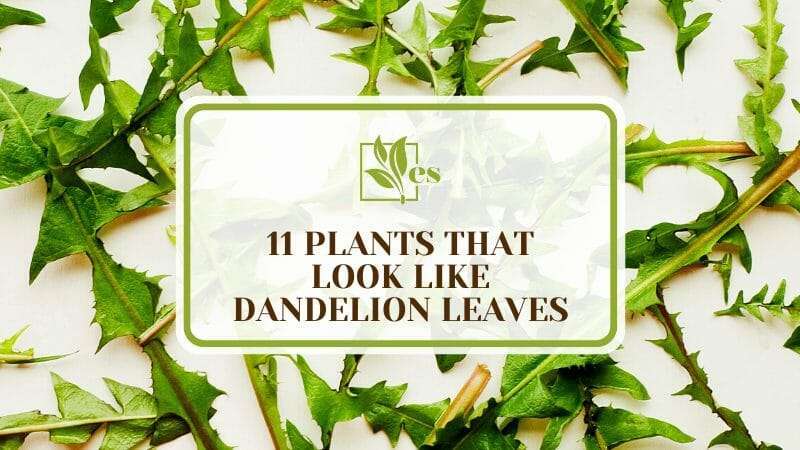
Read this article to learn how to differentiate dandelion of the Asteraceae family from its various look-alikes.
JUMP TO TOPIC
A List of Plants that Look Like Dandelion Leaves
Common dandelion, or taraxacum officinale, is a perennial herb. Yet, it’s treated as a weed because it can grow in your yard even if you try to keep it under control. This is why differentiating dandelions from other plants that share the same look is crucial.
1. Common Catsear Weed
Hypochaeris radicata, also known as flatweed or hairy cat’s ear weed, is a dangerous weed that grows in your lawn. It gets its name from the dense hairs that cover the leaves.
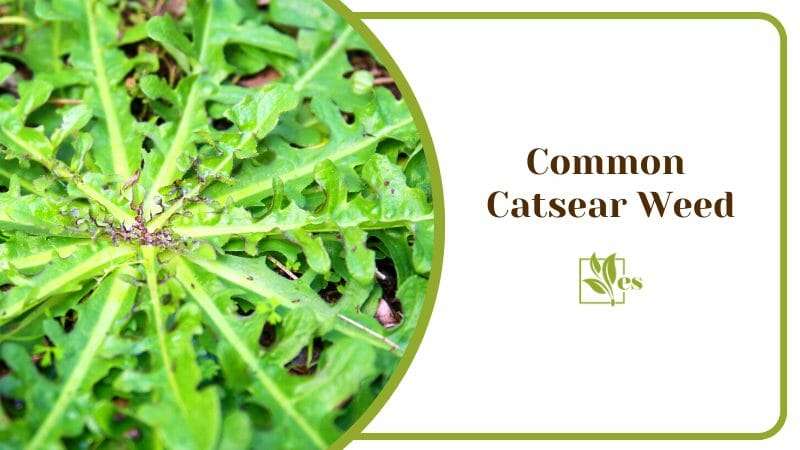
A lot of people call it false dandelion because, to the untrained eye, it looks a lot like it. It’s a perennial edible herb. However, it’s considered invasive because it grows aggressively in lawns and backyards, ruining the look of your landscape.
If you’re not fond of eating dandelions, you can try this plant. Common catsear weed’s leaves are less bitter than the leaves of dandelion and are often added to salads. But the cat’s ear herb is toxic to livestock and horses if consumed in large quantities.
2. Coltsfoot
People who are interested in dandelion identification often ask, are all dandelion look-alikes edible? This plant is a clear example that the answer is no. Coltsfoot or Tussilago farfara looks a lot like dandelion from a distance.
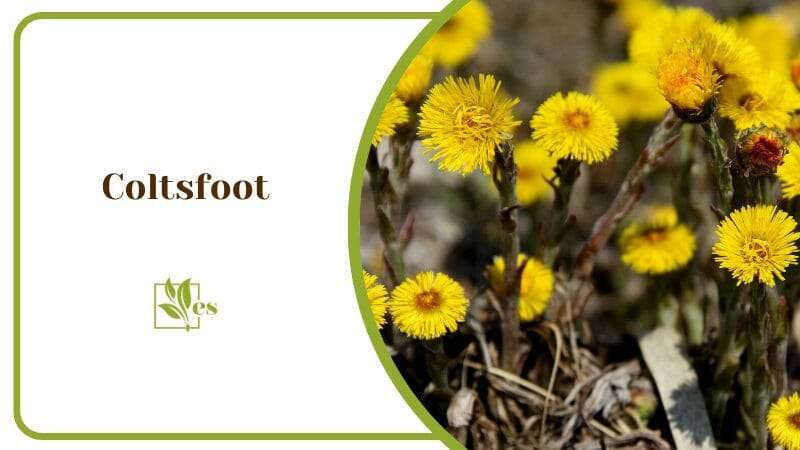
The flowers are yellow, but they’re more open than the flowers of dandelions. The leaves have teeth-like protrusions on their margins, so if you know how to identify dandelion leaves, you’ll be able to tell these two plants apart.
It’s another perennial herb that is native to Europe, Asia, and North Africa. It was later introduced to North and South America, where it can be considered an invasive species in some areas.
The reason settlers brought this plant to the New World is that it was traditionally used for medical purposes. However, scientists later discovered the presence of pyrrolizidine alkaloids, which can lead to serious liver problems.
As a result, this might be considered a somehow poisonous dandelion look-alike. Nevertheless, coltsfoot’s tea can be directly applied to the skin to treat skin infections, rheumatism, and respiratory tract problems.
3. Sow Thistle
Sow thistle grows as an annual, perennial, or biennial herb. It survives in various habitats, from tropical to arid, so it’s pretty hardy. Each plant grows about 25,000 seeds, so it’s considered highly invasive.
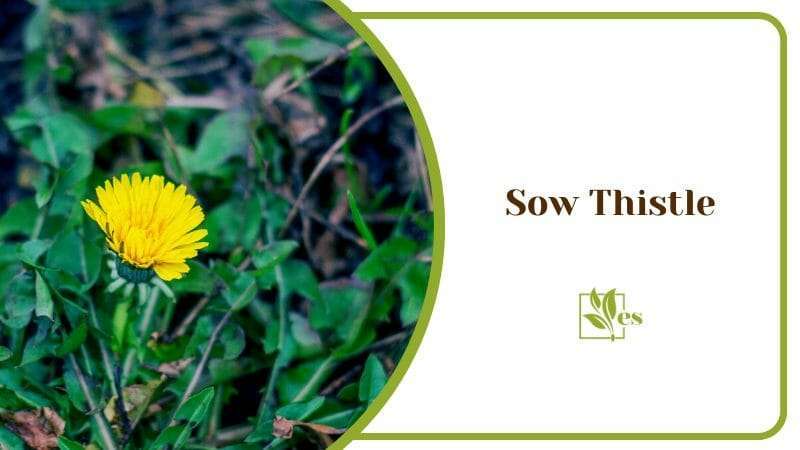
The easiest way to identify sow thistles in the garden is to take a look at the flowers. Although the blooms look very much like dandelion flowers, several blooms grow on a single stalk.
When you break the stem, the sticky sap or milk spills. People have used this sap as chewing gum or topical treatment for centuries, thanks to its medicinal benefits. People usually eat the young raw leaves of sow thistle. But the roots are also consumed raw or cooked.
4. Rough Hawkbit
The bristly hawkbit or rough hawkbit is another member of the dandelion family. It’s a perennial herb, but unlike several dandelion look-alikes, it’s not considered a weed. This plant is native to Europe and is considered an introduced species in the US.
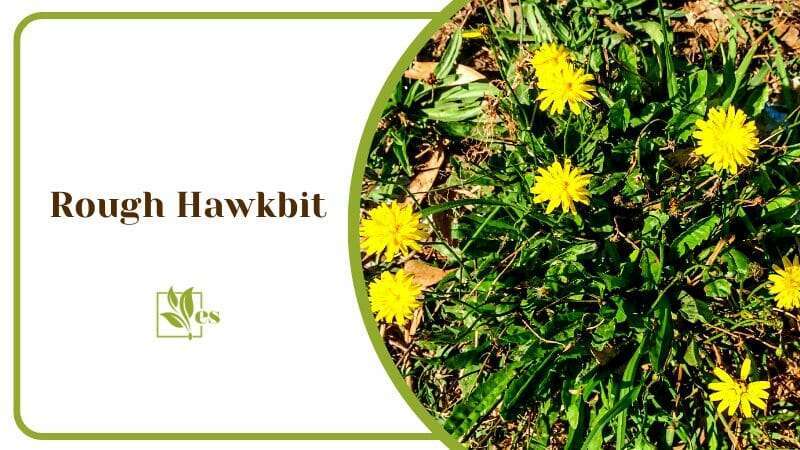
It grows in sunny spots of fields, meadows, and other disturbed environments. This means that if you take good care of your backyard or lawn, you’re less likely to see this plant.
The dandelion-like flowerheads dry and turn to seeds that get dispersed by wind. These flowers can be yellow, orange, or red-pink. However, the main difference between the rough hawkbit and dandelion is that the rough hawkbit has coarse hairs along the stem. The leaves are edible, so they’re not toxic, but they don’t taste good.
5. Meadow Hawkweed
Meadow hawkweed or yellow hawkweed is a creeping perennial with long rhizomes. It often grows in neglected lawns as it’s tolerant of drought. People also call it king devil, devil’s paintbrush, and yellow paintbrush.
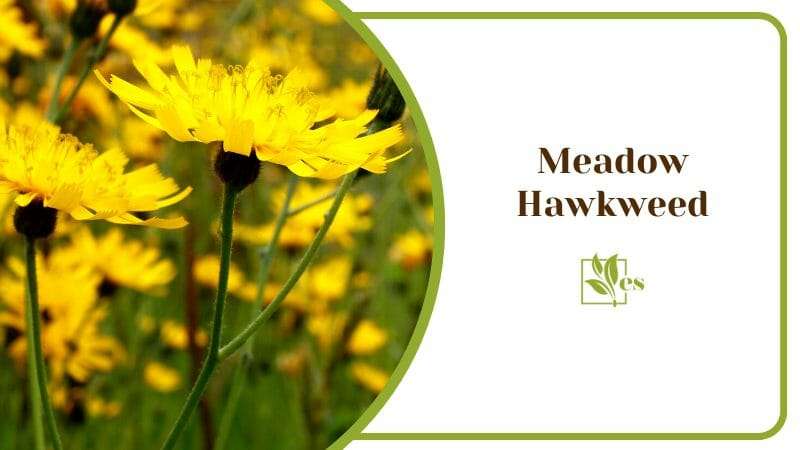
This plant grows clusters of yellow or orange dandelion-like flowers, and the leaves are hairy. The stems are usually leafless, and the flowerheads sometimes feature black hairs.
It’s an invasive weed that grows rapidly and can represent a real hazard to native plants, especially in less fertile soil. Even after death, the decaying meadow hawkweed produces chemicals that are harmful to other nearby plants. So, make sure to pick a fertile soil type to prevent this from happening.
6. Narrowleaf Hawksbeard
A lot of people describe Crepis tectorum, or narrowleaf hawksbeard, as a dandelion on steroids as it grows a stem that can be 3 feet tall. This annual herb has edible leaves that are pretty much used, like the leaves of dandelion. However, it’s invasive in lawns and backyards as it grows in big clusters, unlike dandelion, which grows in small groups.
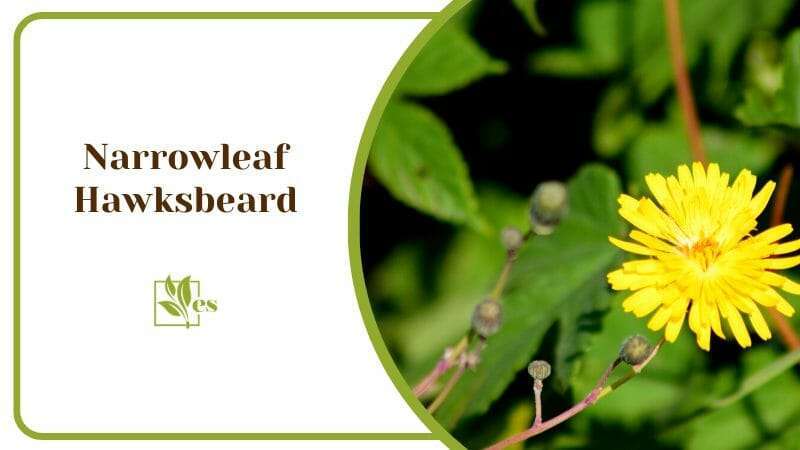
The comparison of dandelion vs hawksbeard shows that these two plants look very much like each other. However, dandelion’s flowers bloom in early summer, while the flowers of narrowleaf hawksbeard bloom in late summer and early fall.
The best way to completely banish this weed is to remove it by hand, but it responds better to chemical weed killers. You need to toss it away once removed because it easily regrows.
7. Wild Lettuce
Wild lettuce is a medicinal plant used for asthma, cough, and insomnia. Some people even apply the seed oil directly to the skin to kill germs. It’s also called bitter lettuce and grows to be around 7 feet tall. This plant usually blooms from July to September, and the young leaves are bitter but edible.
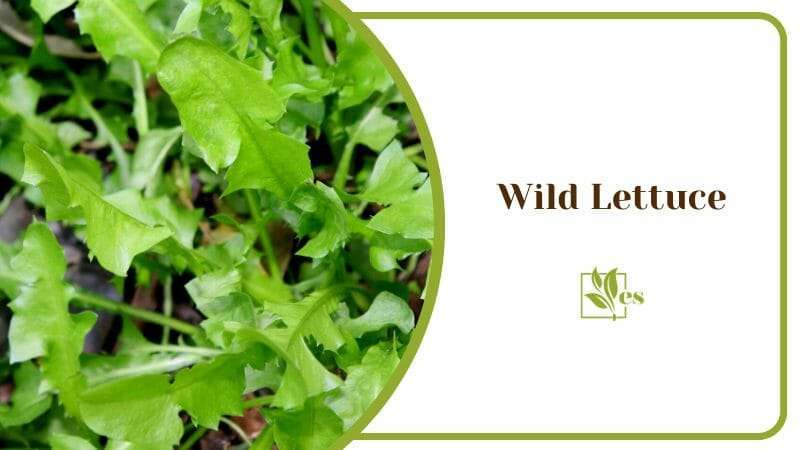
The leaves are stiffer and coarser than the leaves of dandelion, and the plant can produce multiple blooms on a single stalk. It’s considered a weed as it grows in wildly in several parts of the US.
8. Beach Dandelion
Agoseris apargioides, or coast dandelion, is a perennial herb that grows on the coastal dunes of California. The dandelion-like leaves form low rosettes on the ground, and they sometimes can be half-buried under the sand. When the stems are cut, the milky or orange sap appears.
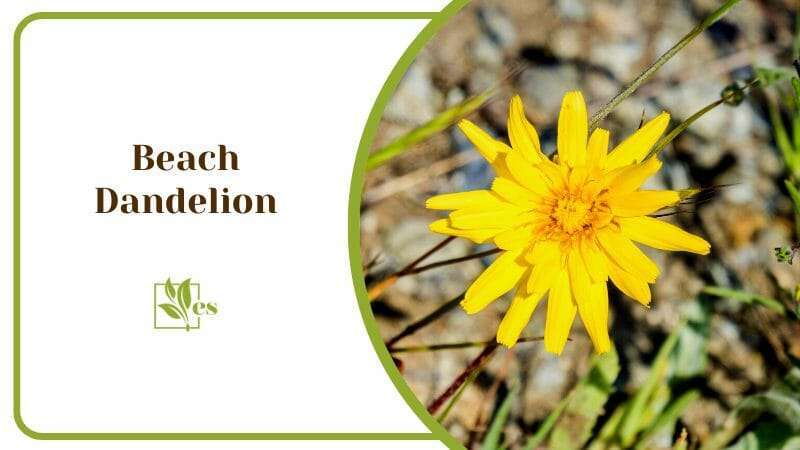
If you take a closer look at the flowers, you can easily differentiate them from dandelions. Although the blooms are yellow ray florets, the outer ones have a purple line on the lower surface. This plant blooms from May to August, unlike dandelion, which can stay in bloom till October.
9. Mountain Dandelion
Agoseris glauca, also known as pale agoseris, mountain dandelion, or prairie agoseris, is a close relative of the dandelion, but it’s a totally different plant. This perennial herb has no stems but grows to reach a height of 28 inches. Unlike most plants, the leaves are of various shapes, and some are sword-shaped.
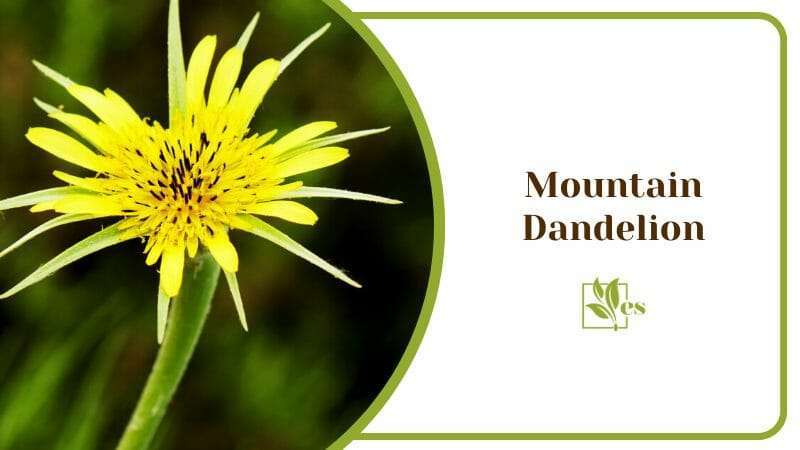
To differentiate between the mountain dandelion and the dandelion, you need to wait till the blooming season. From May to September, this plant grows a stemlike inflorescence that can be almost 1.5 feet tall. The flower grows into a fruit, which contains small seeds. When the leaves are broken, they excrete a milky sap, which solidifies to be like gum.
10. Autumn Hawkbit
Autumn hawkbit was introduced to North America but is native to Europe to Asia. It thrives in meadows and wetlands, so it might grow in your lawn as a weed if the soil moisture levels are high. In general, this herb is considered an invasive weed and agricultural pest as it prefers to grow in disturbed environments.
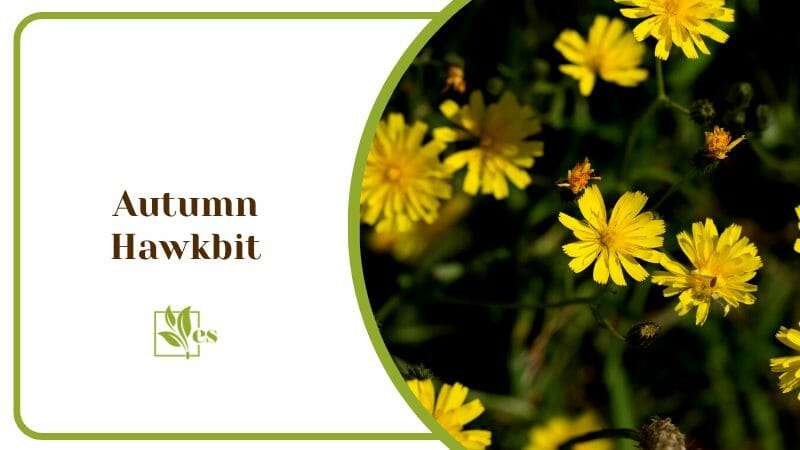
It’s widely known as fall dandelion because the yellow blooms usually appear after dandelion blooms appear. It looks very much like a dandelion, but multiple flower clusters appear on a single stem.
Moreover, the stems are much wirier than the fleshy stems of dandelions. If you take a closer look, you’ll be able to identify the tongue-like petals, each featuring five teeth on the edges. It grows a reddish or purple-brown fruit that is covered in light brown hairs.
11. Prairie False Dandelion
Prairie false dandelion grows in rocky and gravelly soil, where other plants are unable to survive. Most of the year, this plant is easily confused with dandelion, but once the blooming starts in May and June, you’ll be able to tell them apart.
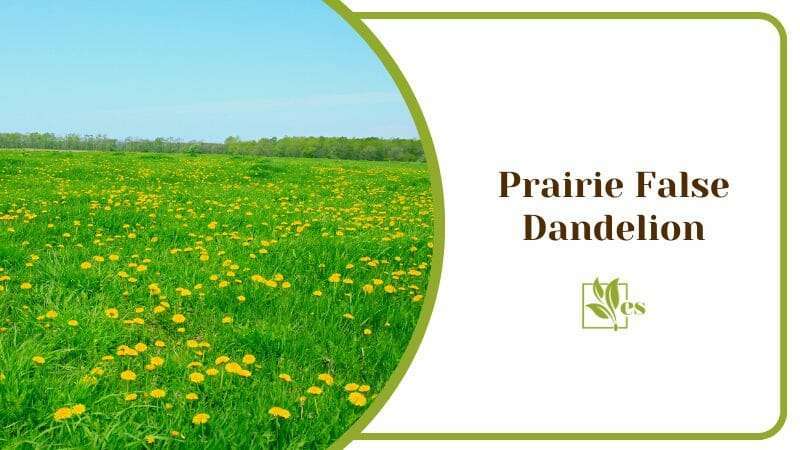
It grows a single flower per stem, which might be striped with red. The fruit is a dry seed, also known as a clock, featuring white hairs, and it travels with the wind to help the plant reseed. Unlike dandelion, this perennial plant grows loose rosettes of basal leaves. The leaves can be easily distinguished from dandelion as they’re finely crisped and almost white around the margins.
It’s native to the Great Plains and grows slender leaves and yellow flowers. It features fringed yellow flowers, and each petal has five teeth.


